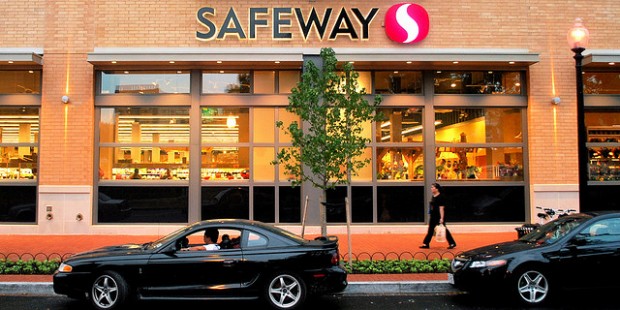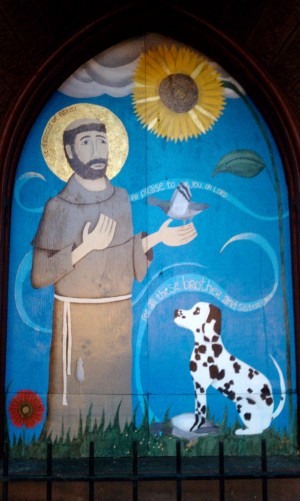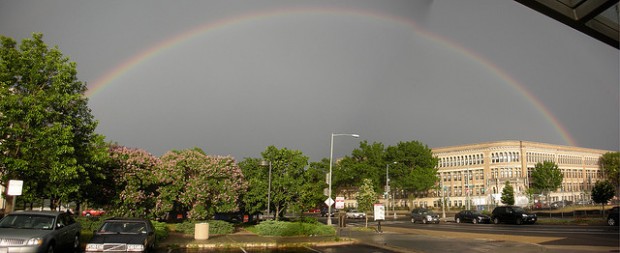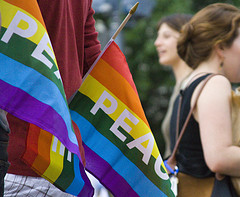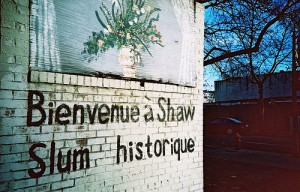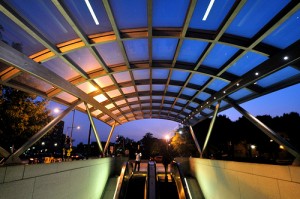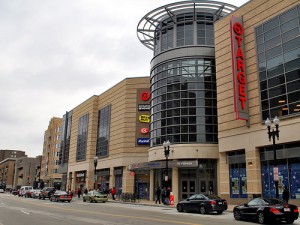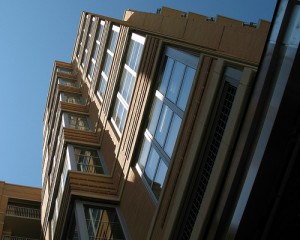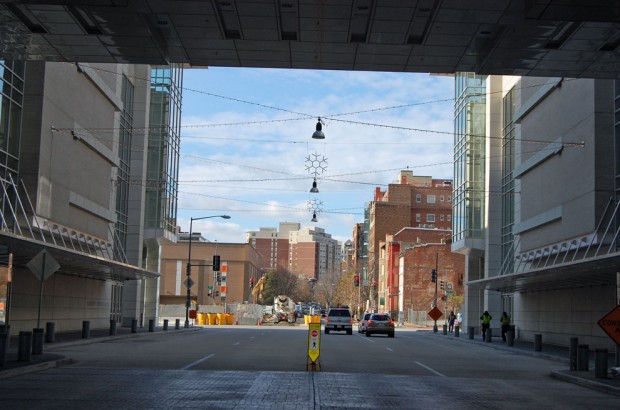Yesterday, in my “About that Petworth Safeway“-post, I promised that I would speak to someone at Safeway’s corporate offices to confirm and clarify information about their plans for one highly-anticipated renovation. I spoke to Craig Muckle; he’s their Manager of Public Affairs and Government Relations for this region and he was very helpful and informative.
First: DCentric reader Teke Wiggin was correct; Muckle confirms that the Social Safeway in Georgetown is the city’s largest at 71,000 square feet. The next largest location is at Hechinger Mall in Northeast, at 62,000 square feet. That means that the proposed renovation of the Petworth Safeway will put it in third place in terms of size, at 60,000 square feet. My final thought on all of these numbers is this: I don’t really care which neighborhood’s store is bigger, as long as the produce is fresh, the products are priced fairly and the service is good. I don’t shop at the large grocery store that is two blocks away from me because it fails on all three of those counts. If it were half-the size and twice as friendly, I’d be happy to go there, so I think square footage is interesting and useful– up to a point.
While some locals hope that an independent coffee seller like Qualia could be included in the new store design, Muckle confirmed that when it comes to in-store coffee at Safeway, “in the U.S. it’s Starbucks”. I usually don’t drink their coffee (Filter and Baked and Wired, holla!), but I also don’t notice that they are the chain in Safeway (or Target, for that matter); the only time I paid attention to their presence was when I realized that since the Safeway in Georgetown is open 24 hours a day, it would’ve made an odd, yet comforting place to pull all-nighters when I was in school. By the way, Muckle confirmed that the Petworth Safeway’s hours haven’t been established yet.
Continue reading



